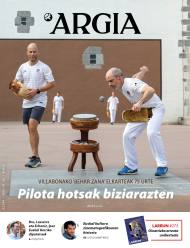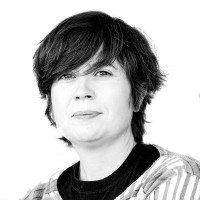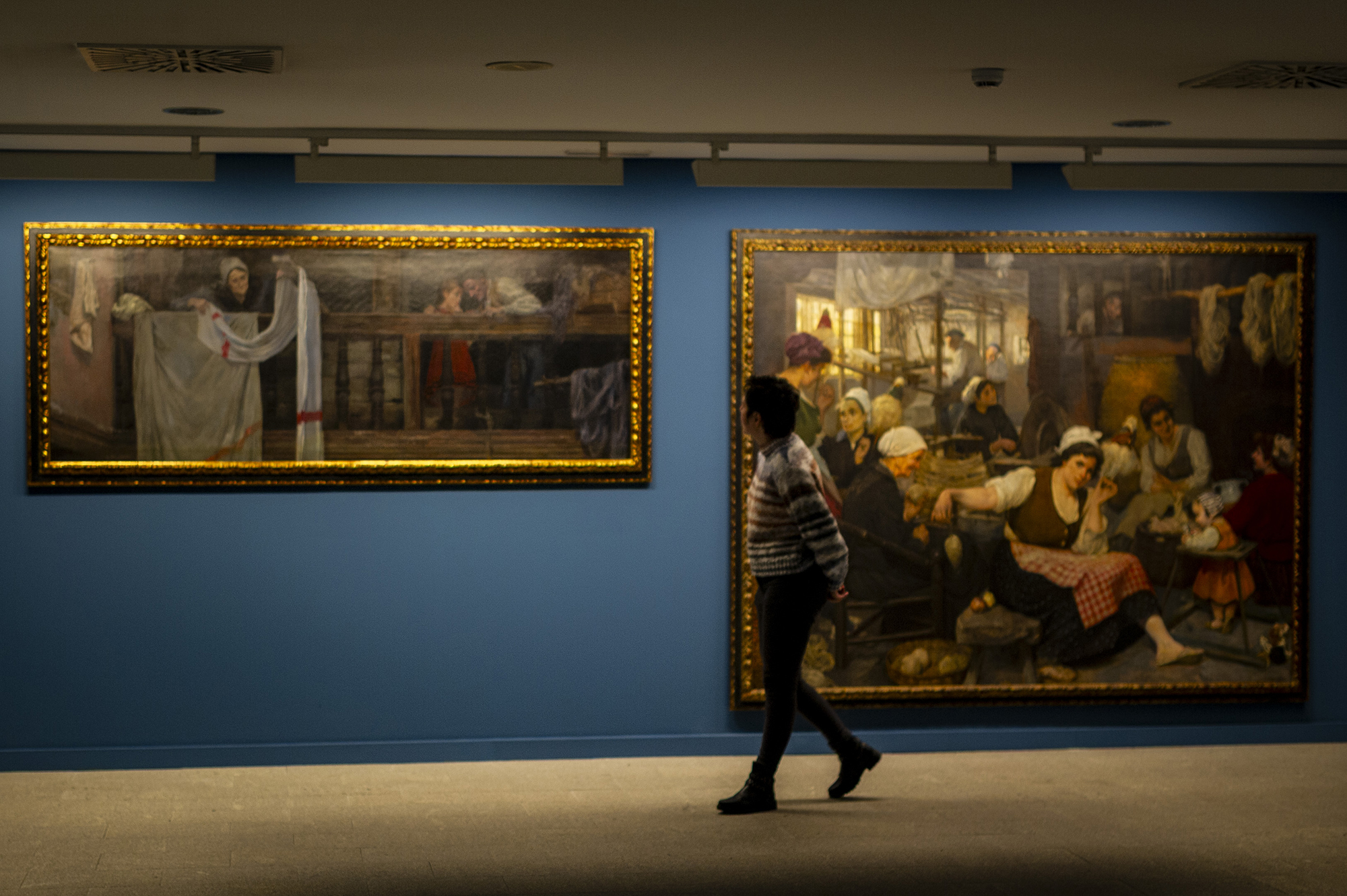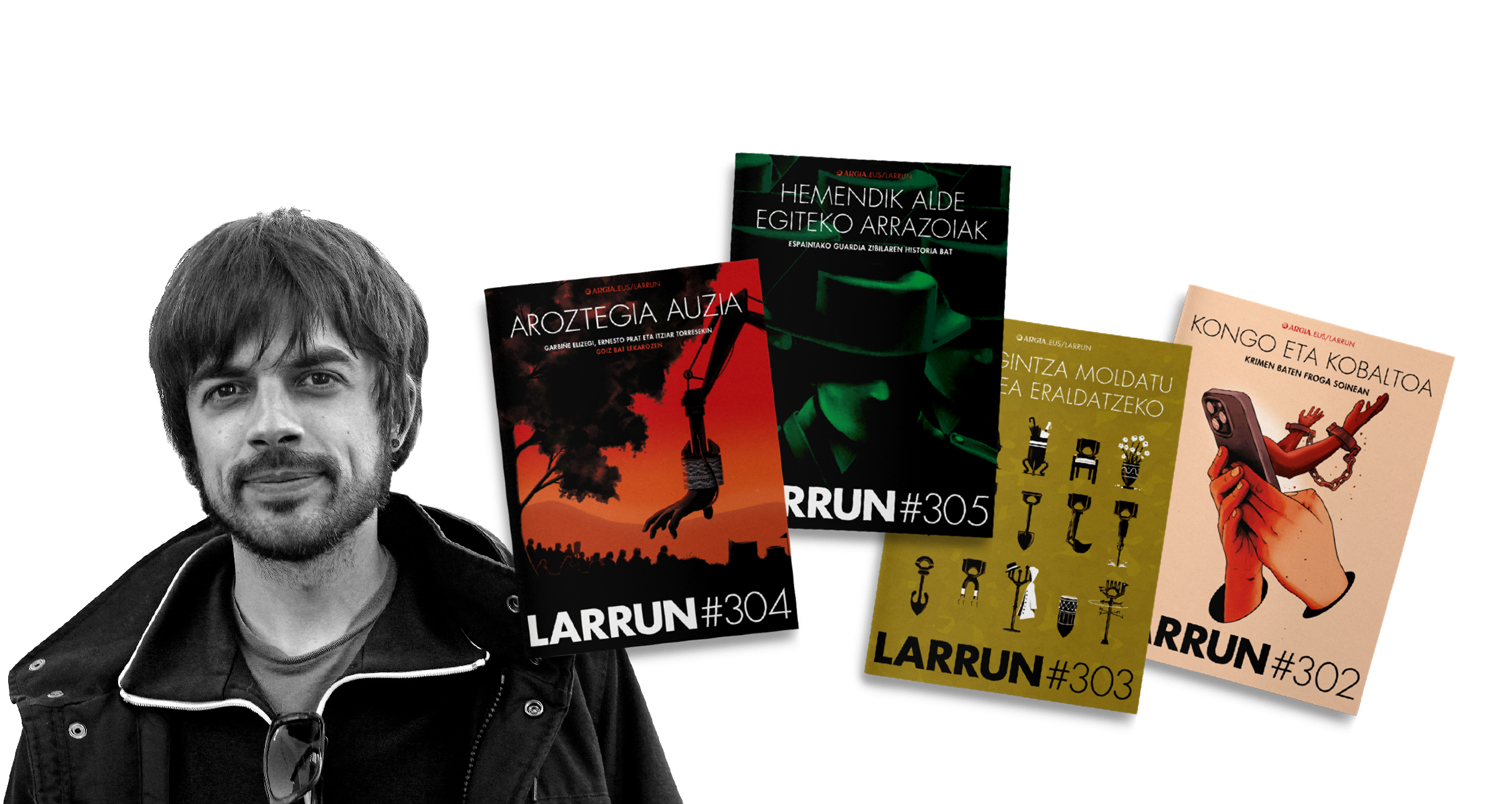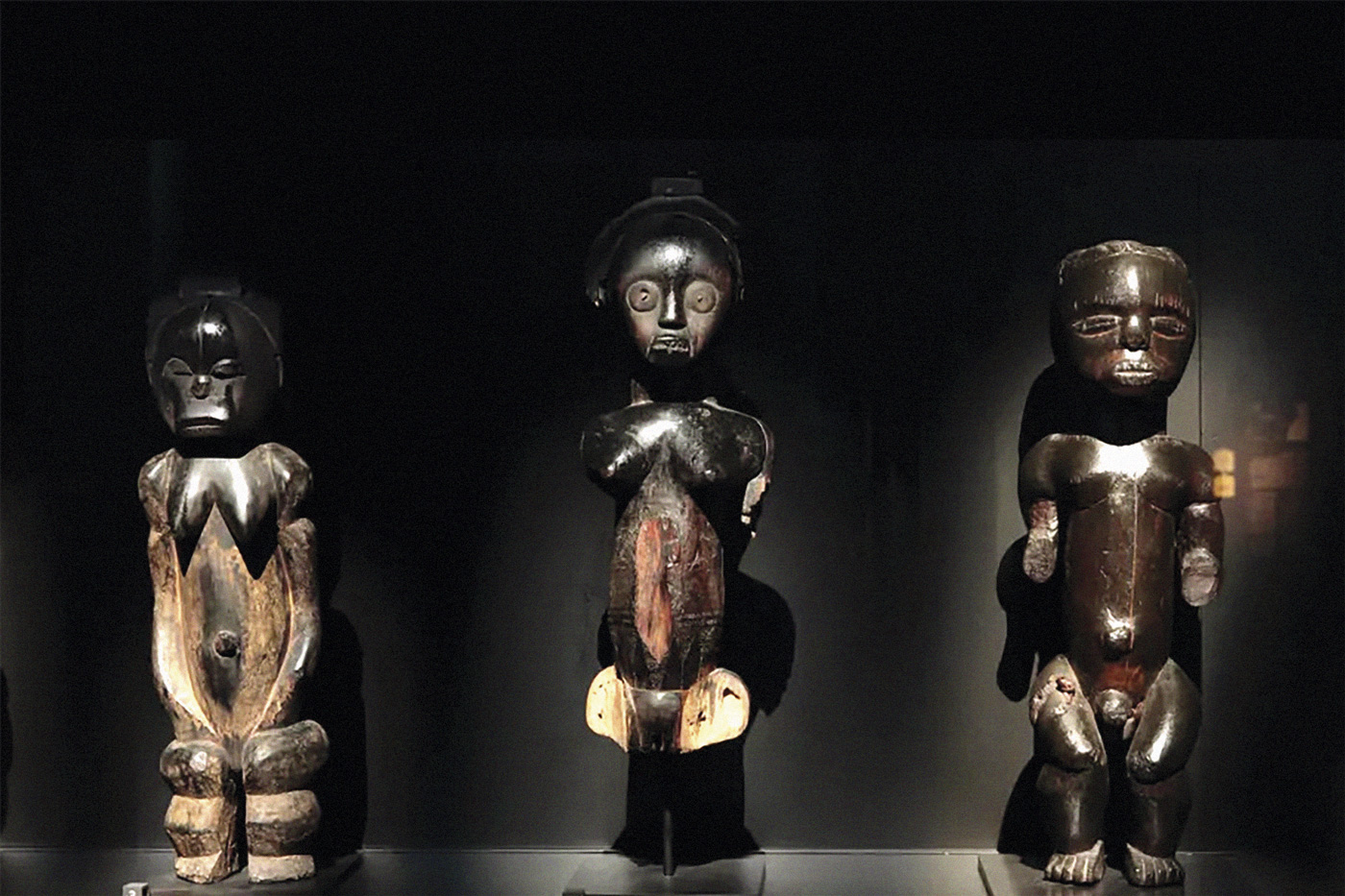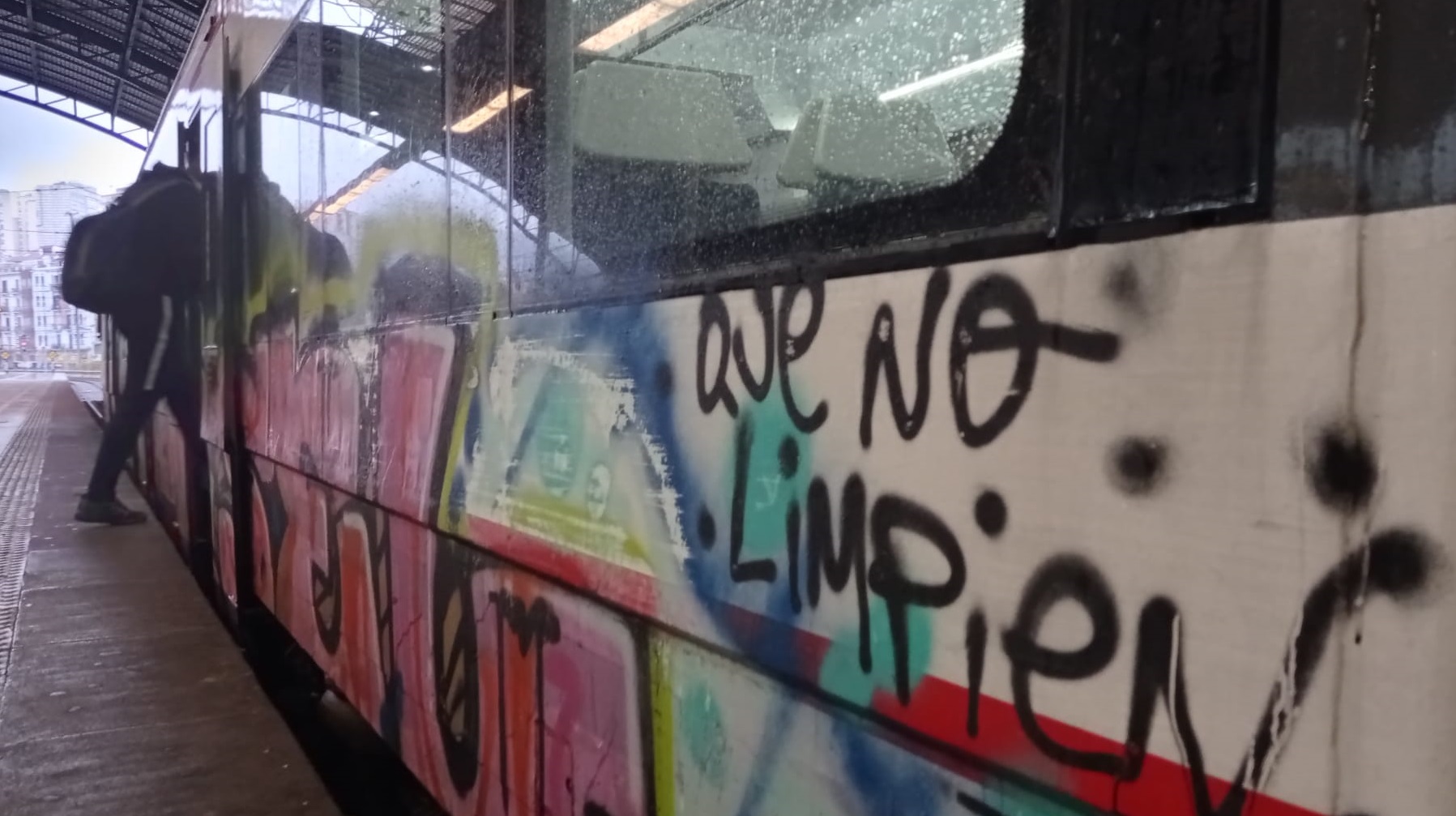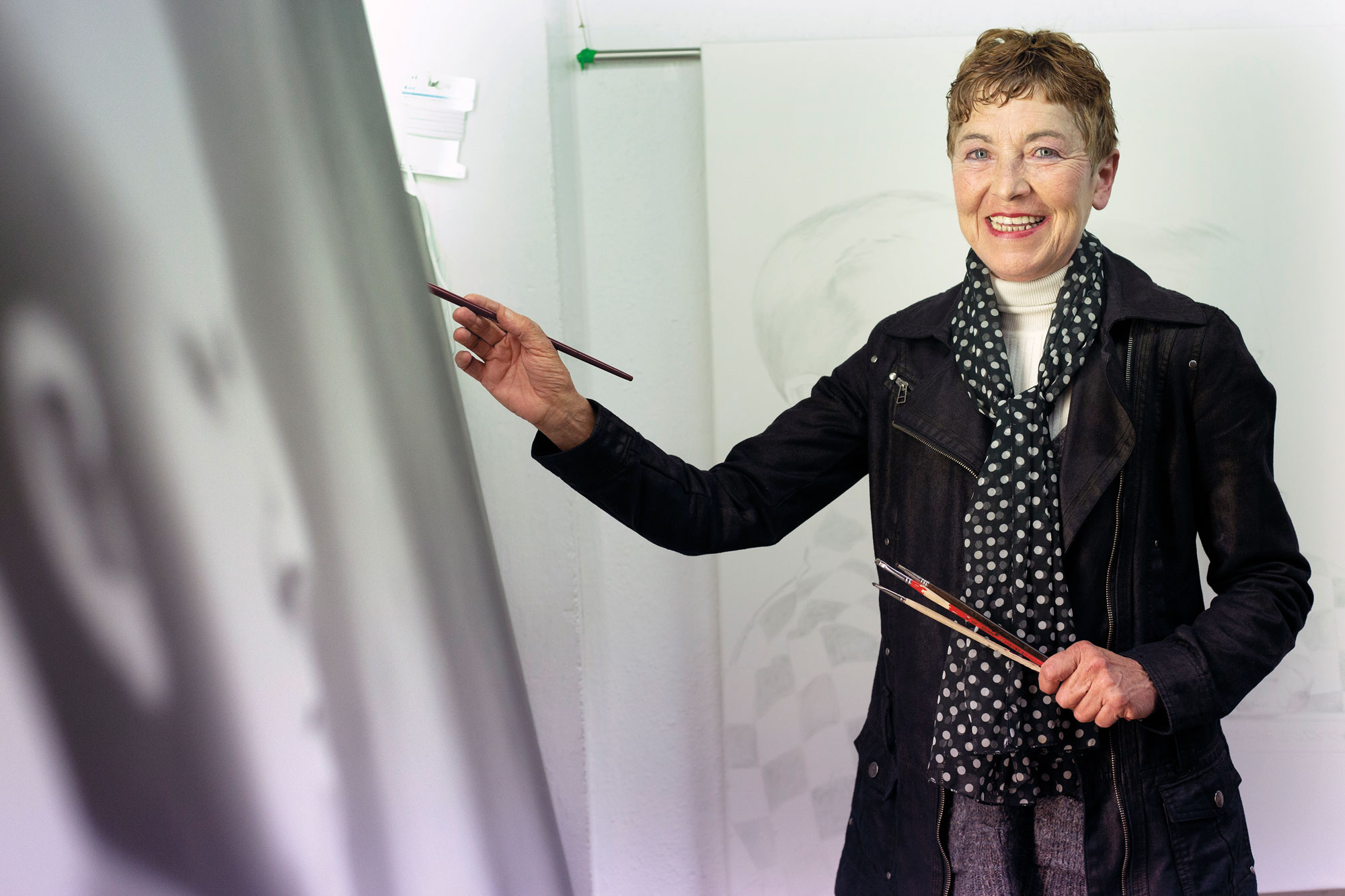Hilma Af Klint, mother of abstraction
- Stockholm, Sweden 1896. The painter Hilma Af Klint (1862-1944) and four other artist friends formed a quintet for spiritualist sessions. From these sessions, team members worked on writing and painting automatically. Years later, Klint, ignoring reality, used abstract language to make several paintings, but never showed that society "wouldn't understand them."
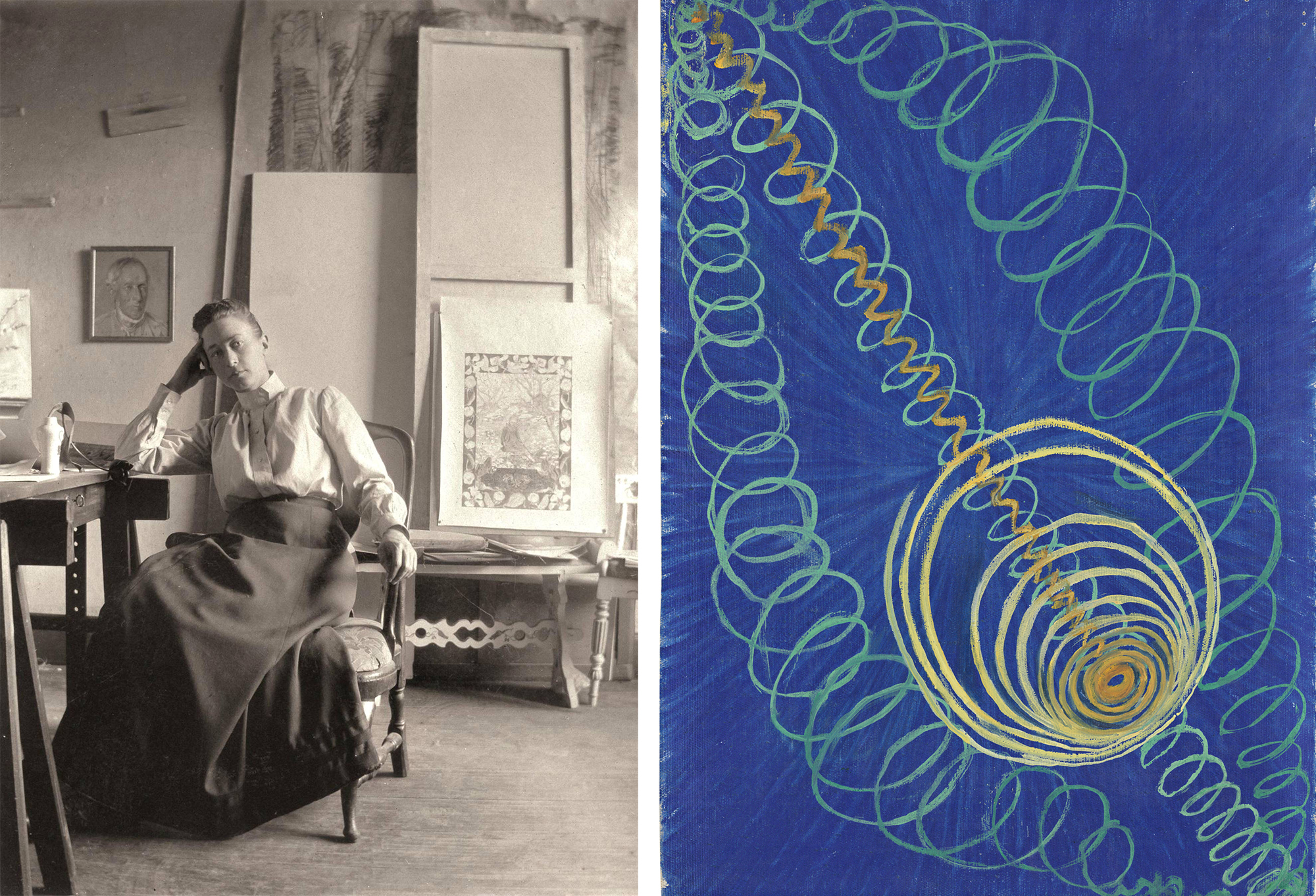
The spirits called “superior teachers” tell the initial quintet what to write and paint and, suddenly, commissioned the representation of the spiritual world they saw in those sessions. The only one who responded to the request was Hilma Af Klint.
Between 1882 and 1887, Klint was trained at the Royal Academy of Arts in Sweden, as part of the first generation of European women to receive academic training. The academy placed a study in the bohemian district of Kungsträdgå in Stockholm to develop its talent, and achieved its livelihood through portraits and naturalist landscapes.
But when Klint began painting what the spirits supposedly asked of him, he abandoned figurative language. In 1906 he started a series of paintings to the temple that in 1915 would close a series of 193 works. In 1916 he performed the Parsifal series and the following year Atomo. In all of these paintings, Klint was a radical innovation, fleeing visual reality. In other words, from 1906 he used abstract language. In 1908 he met Rudolf Steiner, a prominent member of the Theosophical Society and founder of Anthroposofia. He taught Steiner his first abstract works and he advised him not to teach them for 50 years, that they would not understand them.
He showed and sold his naturalistic figurative works while he lived, but not his abstract works. Prior to his death in 1944, he asked that abstract paintings should not be taught for another 20 years. Finally, it was 42 years until they were published in 1986.
Vasili Kandinski wrote in 1911 the work Spirituality in art, and from then on he began to elaborate abstract paintings of Mondrian and Malevich. We know that Hilma Af Klint has been ahead of them since 1986, but we still have Kandinski, Mondrian and Malevich as abstract language creators. For the three parents, there's room on the podium of the parents of abstraction, but there's no room for the real mother.
Last week, during the blackout, seeing ourselves vulnerable, we began to investigate many people in order to understand what happened: how does the infrastructure that transports electricity work? Why is it getting old? I am fascinated by the physical phenomenon of electricity... [+]
Eskultura grekoerromatarrek bere garaian zuten itxurak ez du zerikusirik gaurkoarekin. Erabilitako materiala ez zuten bistan uzten. Orain badakigu kolore biziz margotzen zituztela eta jantziak eta apaingarriak ere eransten zizkietela. Bada, Cecilie Brøns Harvard... [+]
Behin batean, gazterik, gidoi nagusia betetzea egokitu zitzaion. Elbira Zipitriaren ikasle izanak, ikastolen mugimendu berriarekin bat egin zuen. Irakasle izan zen artisau baino lehen. Gero, eskulturgile. Egun, musika jotzen du, bere gogoz eta bere buruarentzat. Eta beti, eta 35... [+]
This text comes two years later, but the calamities of drunks are like this. A surprising surprise happened in San Fermín Txikito: I met Maite Ciganda Azcarate, an art restorer and friend of a friend. That night he told me that he had been arranging two figures that could be... [+]
On Monday afternoon, I had already planned two documentaries carried out in the Basque Country. I am not particularly fond of documentaries, but Zinemaldia is often a good opportunity to set aside habits and traditions. I decided on the Pello Gutierrez Peñalba Replica a week... [+]









